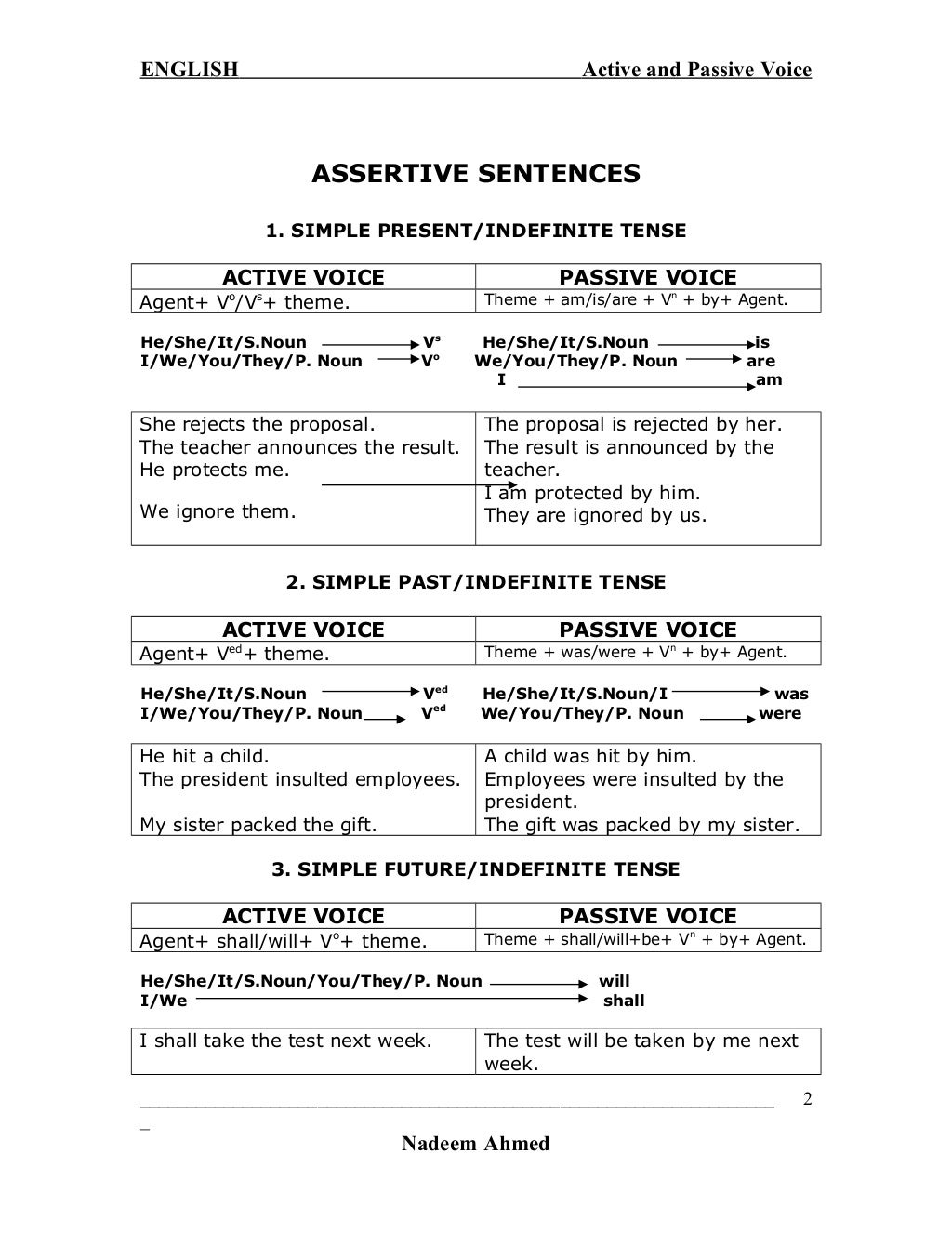
In a sentence with a passive voice, the subject is likely at the end, if the writer states it at all. In each sentence, find the person, place or thing doing the action. Identify the subject performing the action
#Active vs passive voice on resumes how to
Related: How To Use Active Verbs in Resumes and Interviews 2. Every time you notice passive voice, highlight the sentence or phrase to make it easier to edit. The preposition "by" is a good indicator of passive voice when it precedes a verb. Review the entire piece of writing and identify each time you use passive voice. To change a passive tone to an active tone, follow these steps: 1. Writers may want to change passive language to active language to avoid wordiness and improve readability. Related: Everything You Need To Know About Written Communication How to change passive voice to active voiceĬhanging passive voice to active voice doesn’t change the meaning of the sentence, but it does place more emphasis on the subject. It can also be useful in general situations or statements and to avoid responsibility.įor example, researchers use passive voice to emphasize the methods of an experiment instead of directly stating each step. Passive language is also acceptable in academic settings to add depth to short and direct sentences. It can effective in sentences where the identity of who is performing the action is unknown. If you want to bring attention to an object that experiences an action, passive voice is a good choice. Related: Writing Skills: Definition and Examples When to use passive voice This sentence only explains what the action is doing. In this sentence, the subject is not present since it doesn't add value to the idea the writer wants to communicate. Sometimes the reader can assume the subject, or it may be unimportant to what the sentence is trying to convey. When using passive voice, you can also describe an action without knowing the subject. In this sentence, "cereal" is the object, "eaten" is the verb and "my sister" is the subject. A passive sentence or phrase may lead with the object, and the verb and then the subject follow.Įxample: The cereal was eaten by my sister. Passive voice tells you what an action is doing to someone or something. Related: The Creative Writing Process What does “passive voice” mean? It can assist the readers with visualizing, processing and retaining information. It can help readers feel present and engaged with the content since an active voice uses direct sentences and can call the reader to action.ĭelivers understanding. Provides clarity: The tone is informal and conversational, which can make it easier to understand for those who are not proficient in reading or for those who know English as a second language.

Makes work concise: An active voice can make the content feel less overwhelming by using shorter sentences and action verbs. Here are some other benefits of using active voice: Creative writers might also use an active voice instead of a passive voice since it describes situations in a narrative form. Because active voice identifies the action and who or what is performing the action, it can make it easier for the writer or listener to understand.įor non-scientific writing, sentences may have an active voice. Related: 31 Common Grammar Mistakes (With Examples and Corrections) When to use active voiceĪctive voice is ideal for sharing direct, concise information with an audience.

"Jaguars" is the subject, "explore" is the verb and "jungle" is the object. The subject of the sentence performs an action that influences the object. An active voice emphasizes a subject that engages in action. What does “active voice” mean?Īctive voice is a form of writing that has the subject at the beginning of a sentence, and the verb and the object that receives the verb follow the subject.

In this article, we compare passive voice versus active voice by providing a definition for each term, showing the steps for changing passive to active voice and offering examples of each voice. Using the proper voice to express ideas can increase the chances of your audience understanding you and could persuade them to take action.

For writers or speakers, it's important to understand when it's appropriate to use active voice or passive voice. In grammar, the term "voice" describes the connection between the subject, a verb and the object related to the subject.


 0 kommentar(er)
0 kommentar(er)
